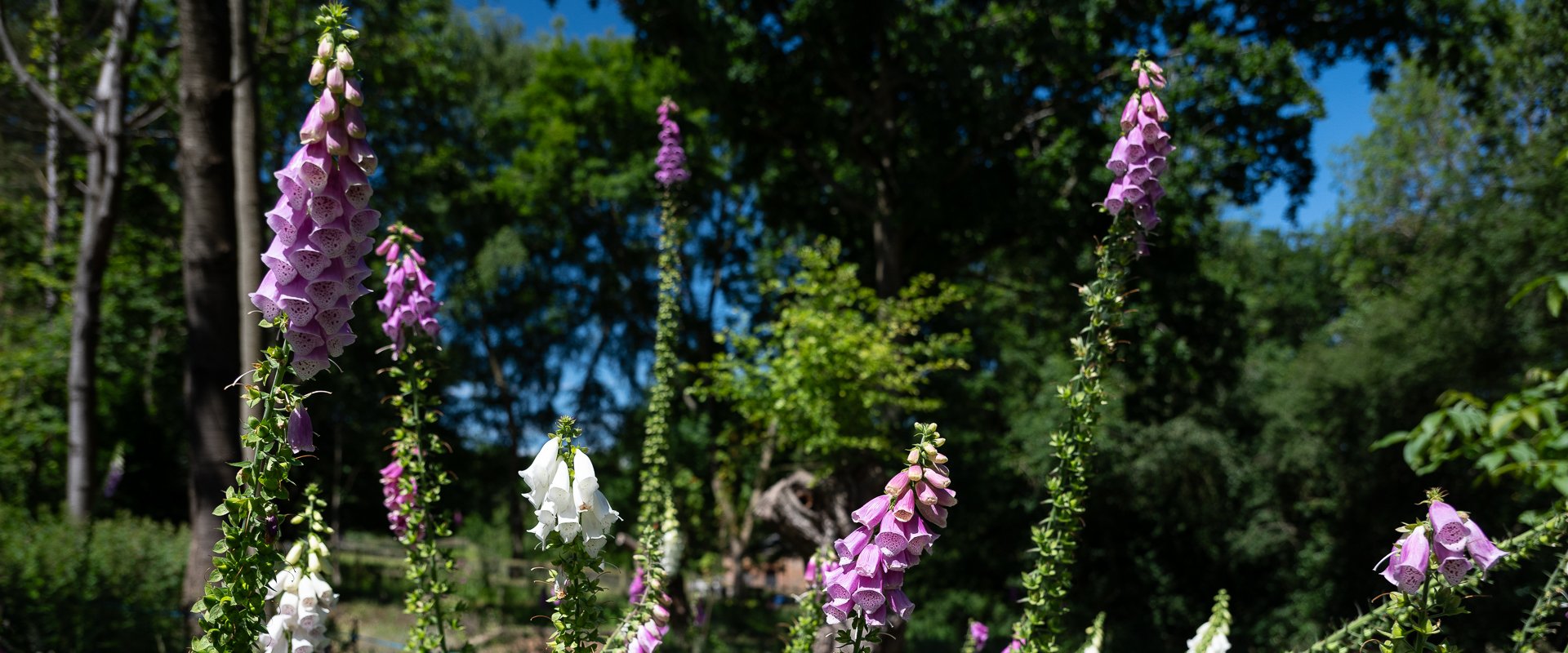
Midsummer Gathering 2024
Thank you for coming to our Midsummer Gathering this year. It was lovely to see all our supporters and friends together.
If you are able to help support our wonderful Museum, please go to our donation page or contact Gill Whitehead on development@coam.org.uk or 01494 871 117.
We hope you enjoy planting your Foxglove seeds and that you will think of us when they grow!
Planting Instructions for your Foxglove Seeds
For indoor sowing
When: April to July
Where: In trays of seed compost.
How: Sow thinly, cover with a fine layer of compost. Firm gently and keep moist. Place in a cold frame or cool greenhouse. Seedlings will appear after 21 to 35 days.
Care: When large enough, thin to 5cm apart in trays. Transplant 25cm apart in flowering position from September to October. Keep moist and weed free.
Flowers: May to July the following year.
For outdoor sowing
When: April to July
Where: In a prepared seed bed. Particularly effective at the back of shady borders in summer.
How: Sow thinly, cover lightly with fine soil. Firm gently and keep moist.
Care: When large enough, thin to 5cm apart. Transplant 25cm apart in flowering position.
Flowers: May to July the following year.
Tip: Allow to shed seeds for future plants
Caution: Toxic if eaten.
Foxgloves at the Museum
Foxgloves grow in many places across the Museum site. You can find them in Haddenham Cottage garden, the High Wycombe Toll House garden and throughout our arboretum and woodlands. All of the photos on this page were taken at the Museum on the day of the Midsummer Gathering.
Five Facts about Foxgloves
1. Foxgloves are tall growing an average of up to 2-4 feet, however the tallest foxglove ever is reported to be over 11 feet!
2. Foxglove is a beautiful flowering plant that belongs to the family Plantaginaceae. It is renowned for its unique bell-shaped flowers that come in various shades of pink, purple, white, and yellow. This captivating plant is native to Europe, but it is now cultivated and admired by gardeners worldwide.
3. Throughout history, Foxglove has been recognised for its medicinal properties. The leaves of the plant contain compounds called cardiac glycosides, which have been used to treat heart conditions for centuries. In fact, the powerful medication known as digoxin, derived from foxglove, is still used today to treat certain heart ailments.
4. Foxglove is loved by bees, butterflies, and hummingbirds for its nectar-rich flowers. It self-seeds easily, making it a versatile and popular choice for gardens.
5. The origins of the name Foxglove are unclear, but can be traced all the way back to the Anglo-Saxon period. It’s thought the ‘glove’ part of the name is simply due to the flowers looking like glove fingers. Less certain is the connection to foxes. One theory is that people believed foxes wore the flowers on their paws to silence their movements when hunting. Another is that the flower is often found growing close to the earths where foxes raise their young.
Photo Gallery
A selection of images from the event.


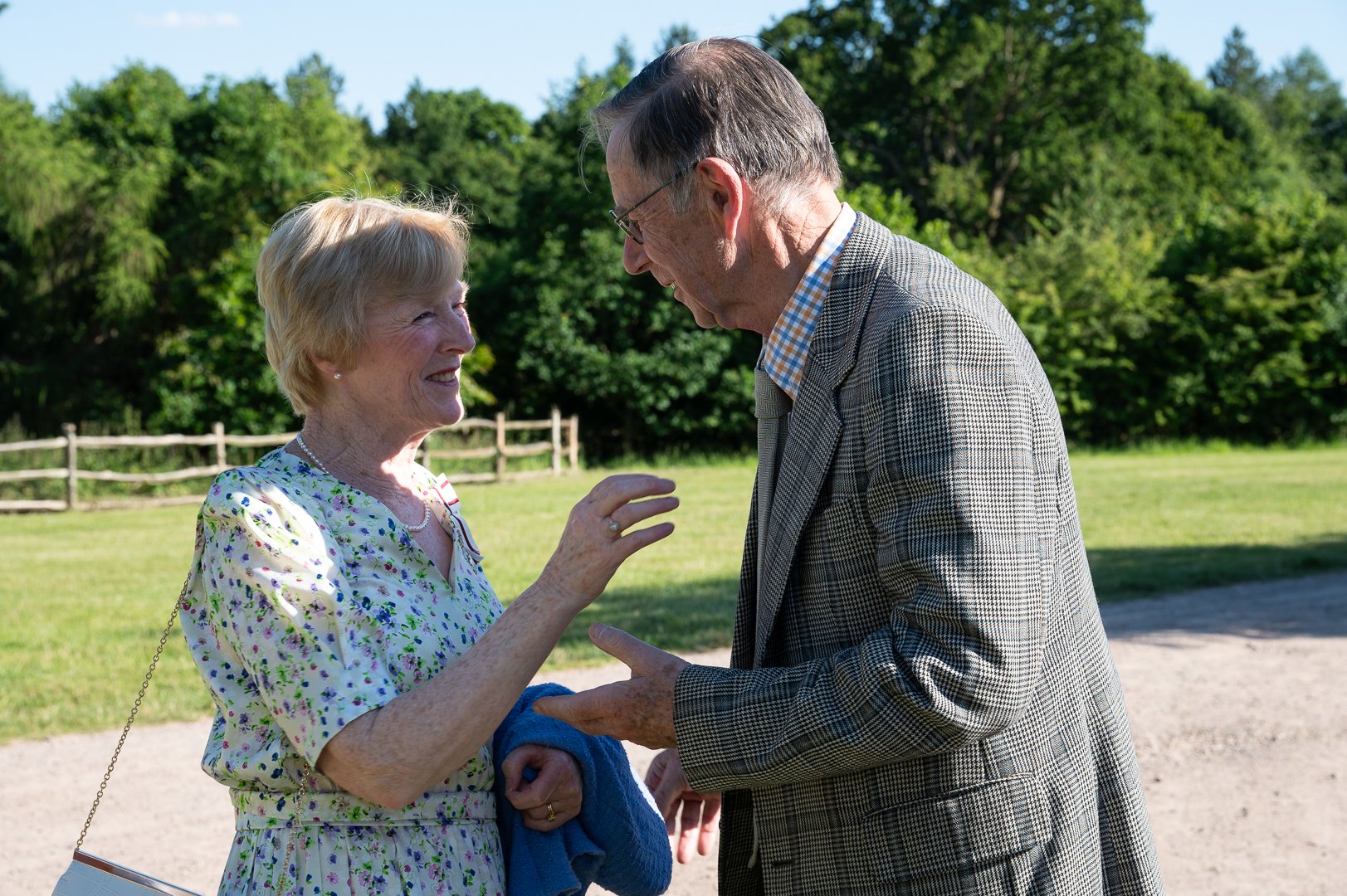
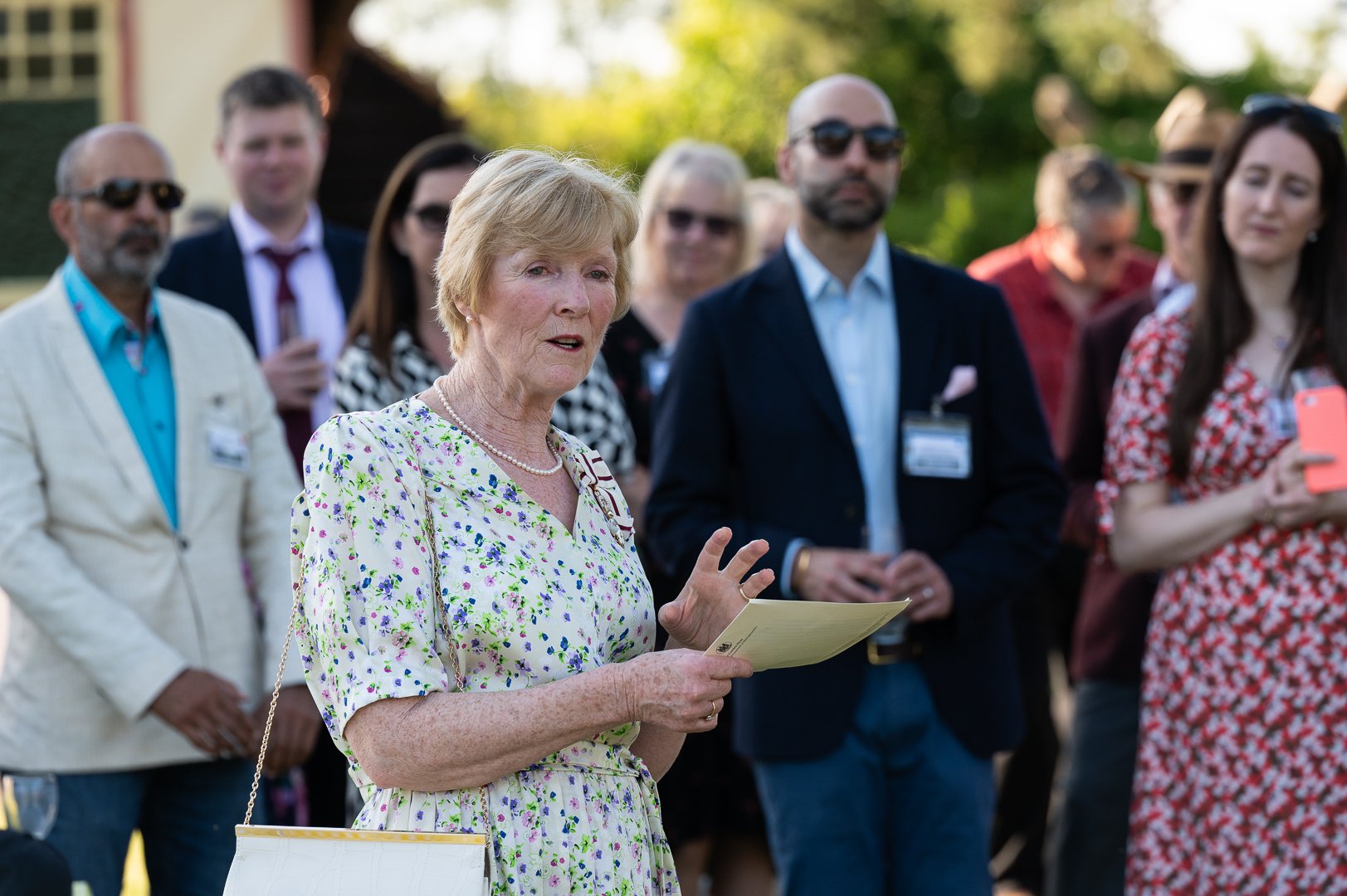



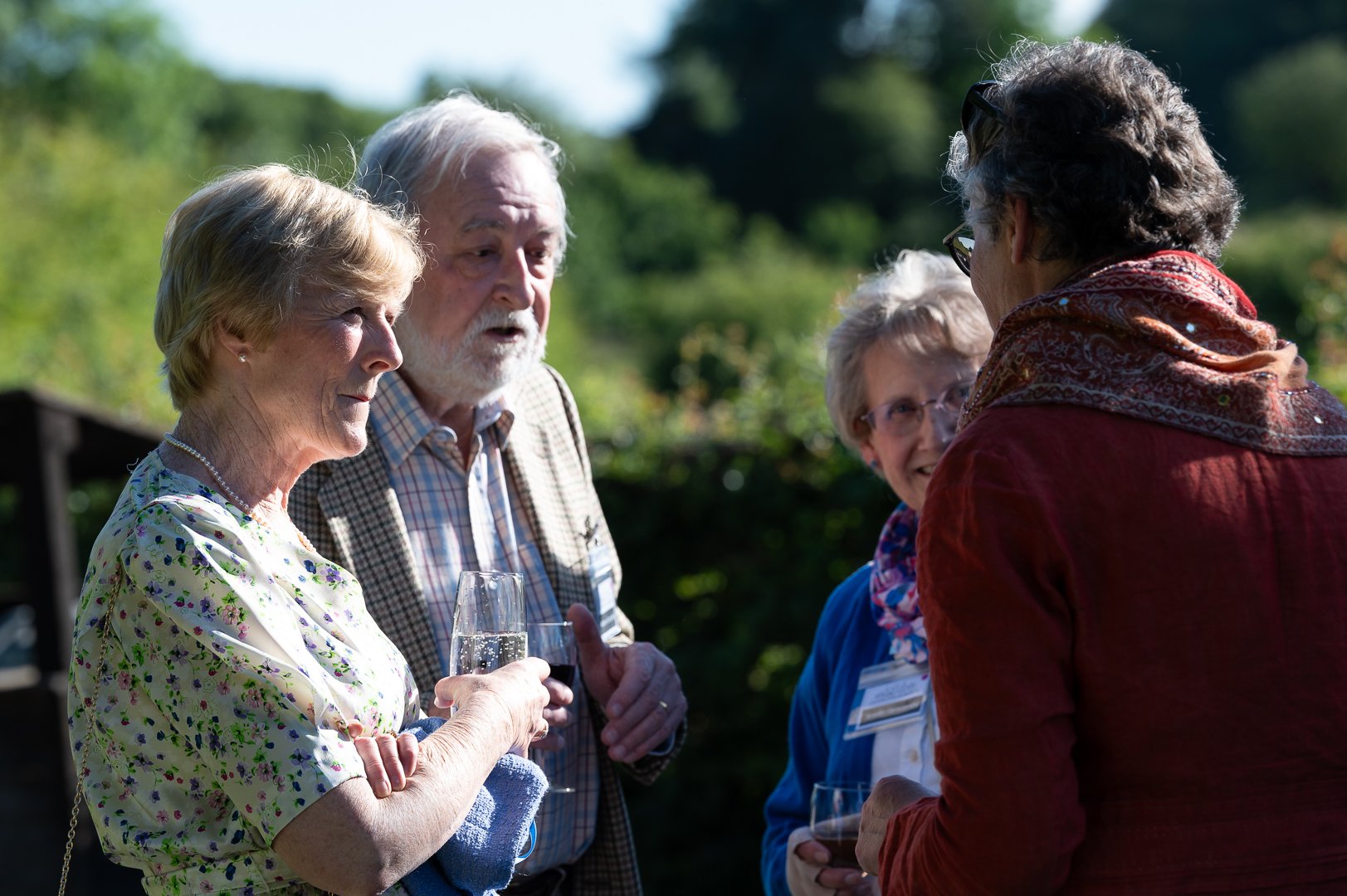

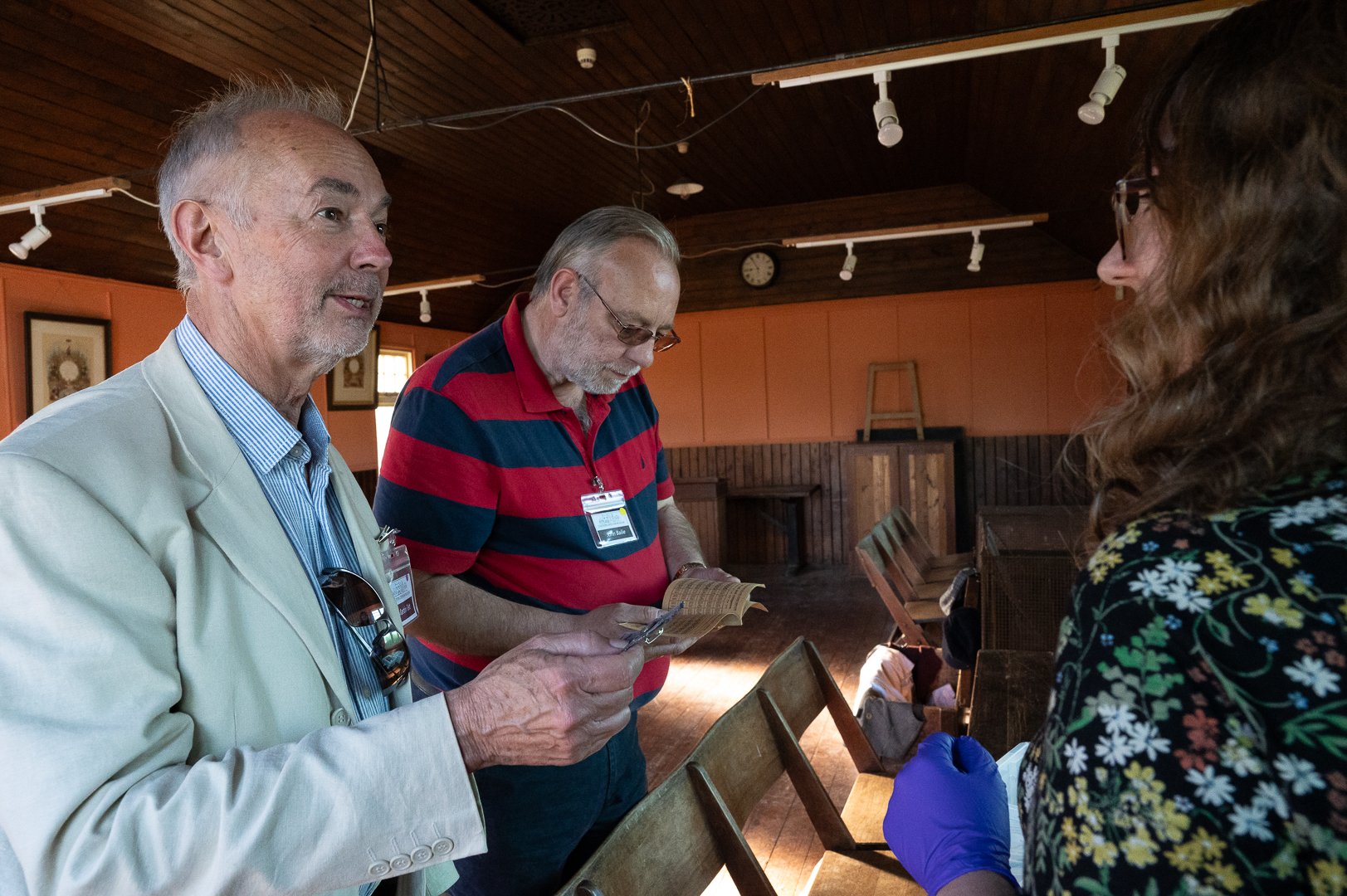

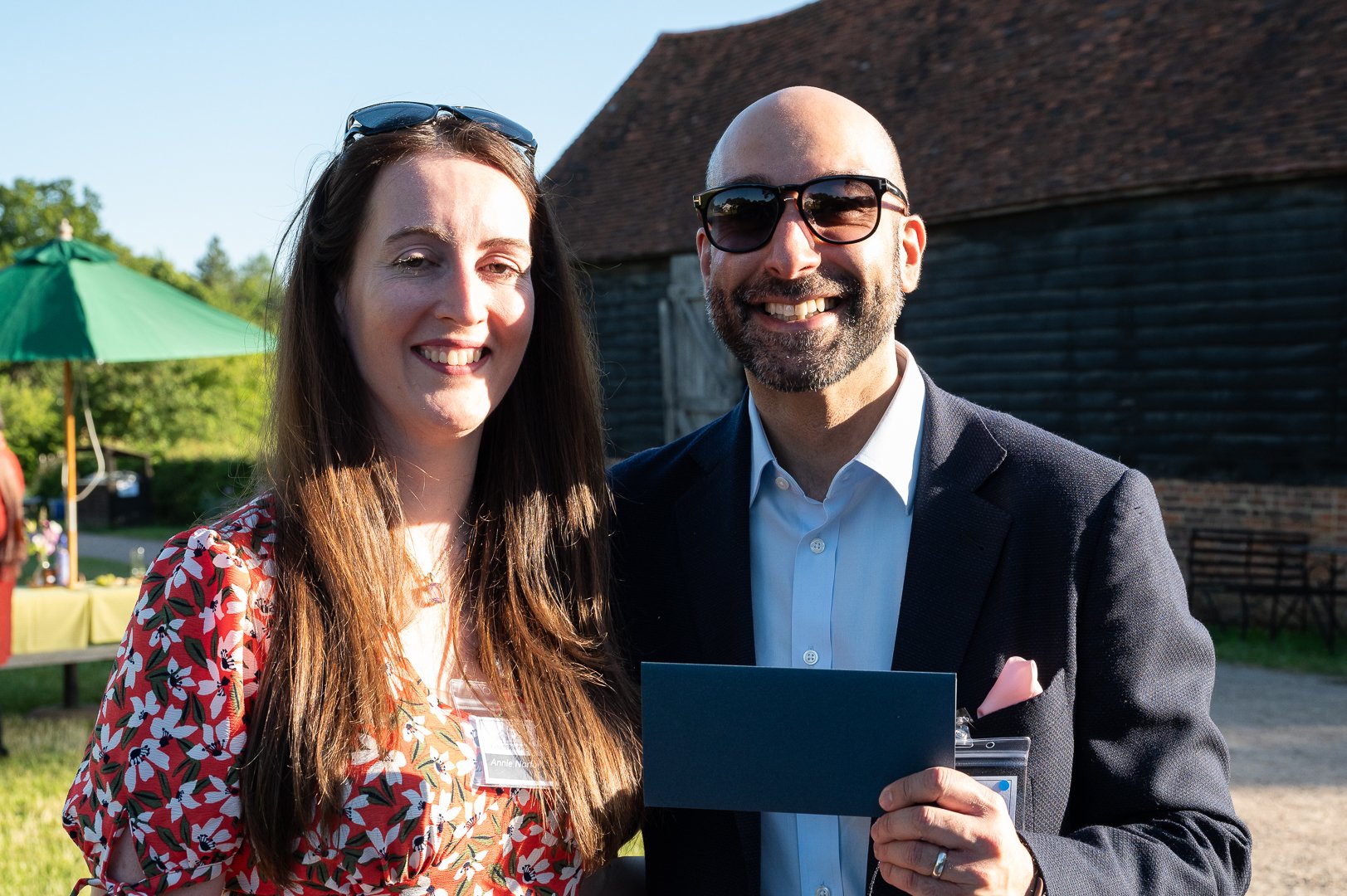
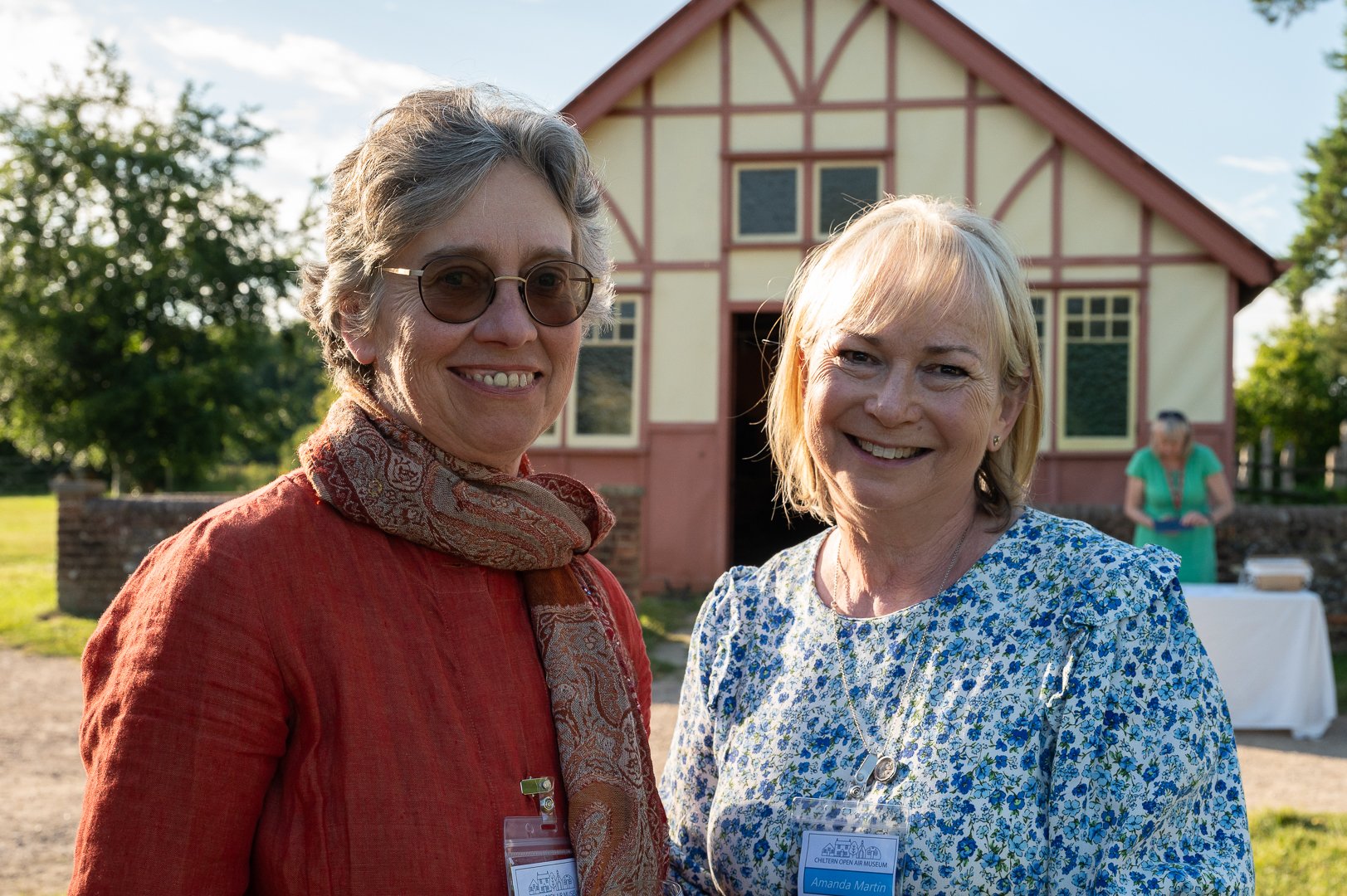
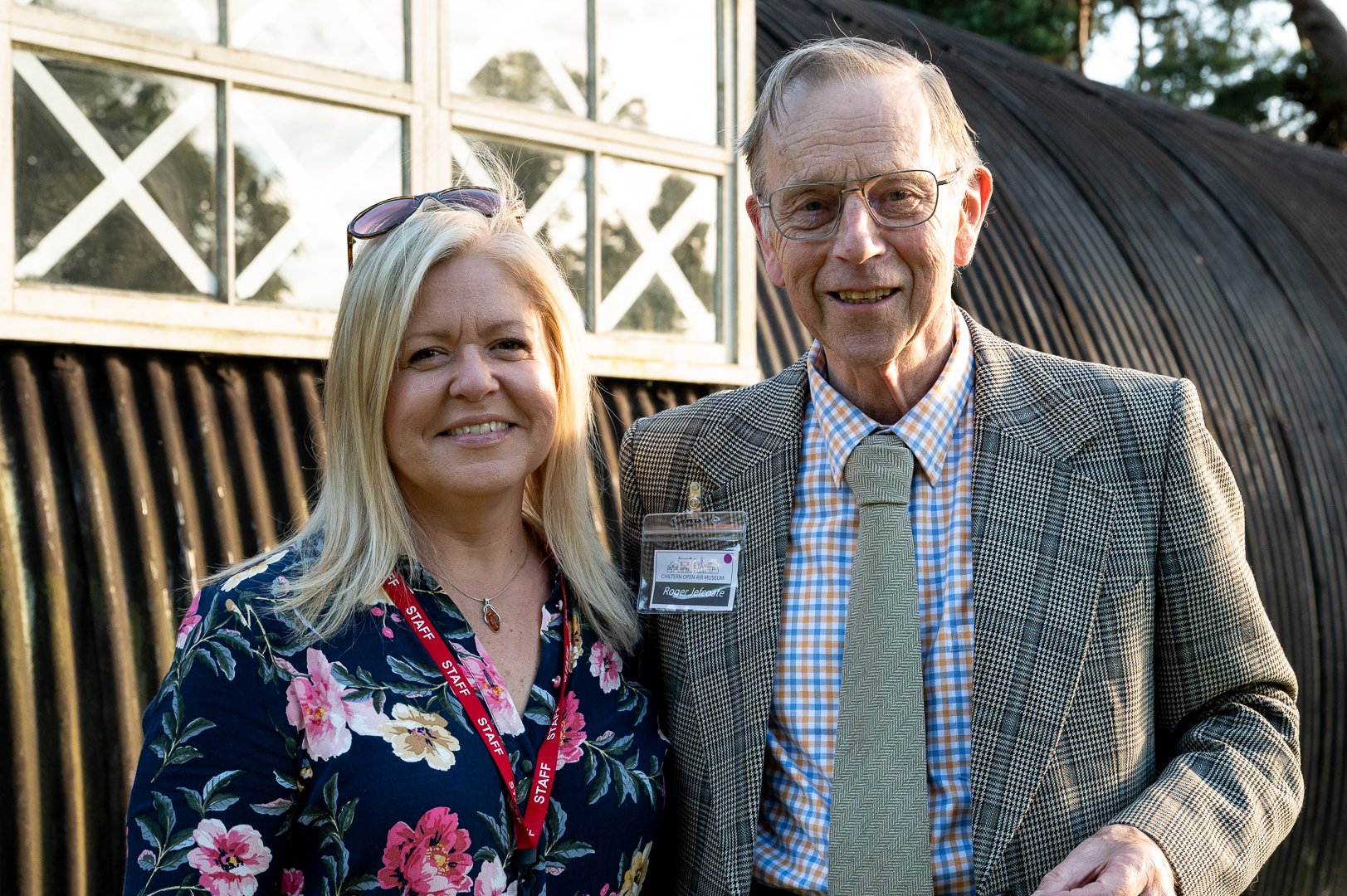
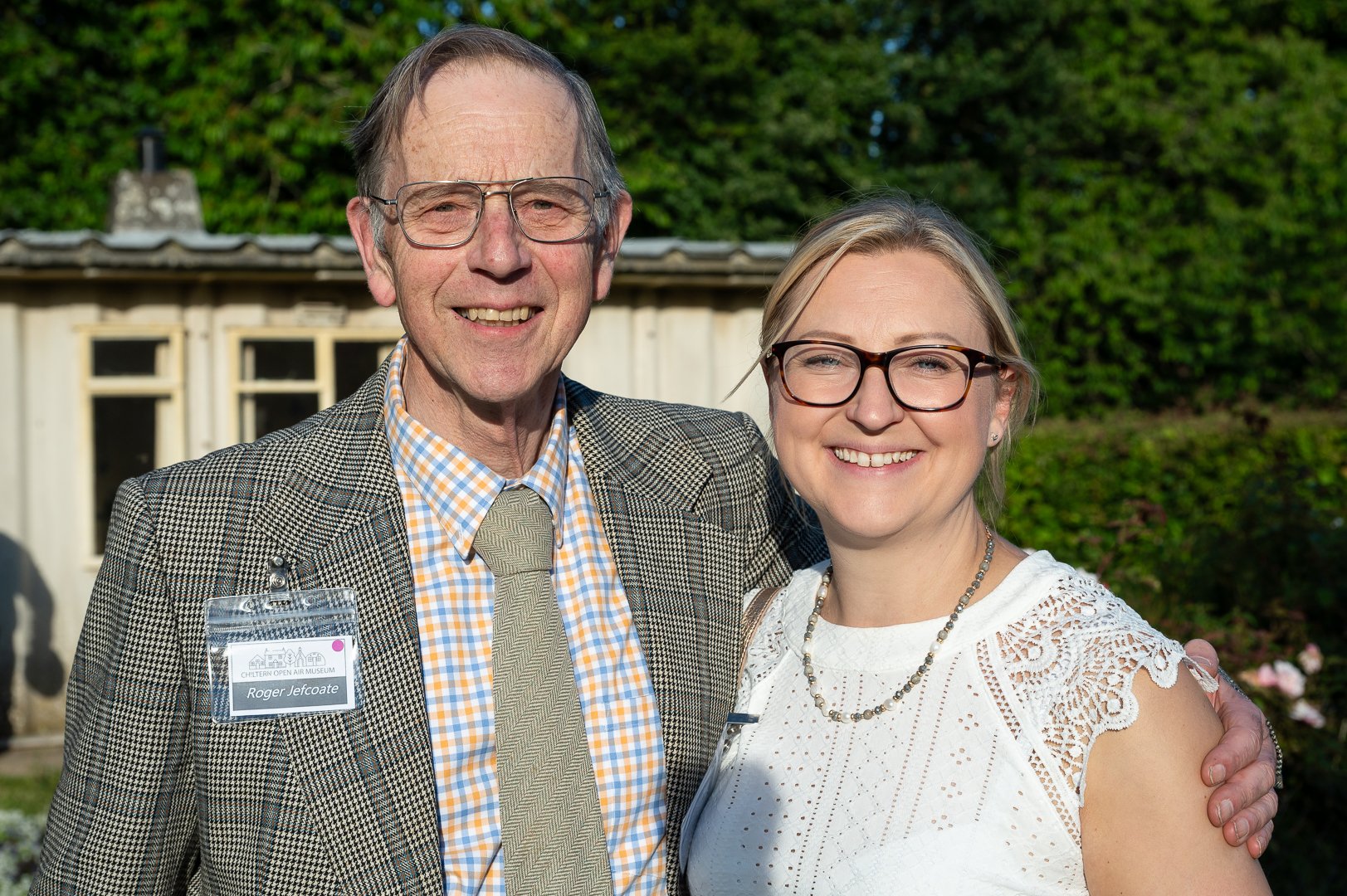





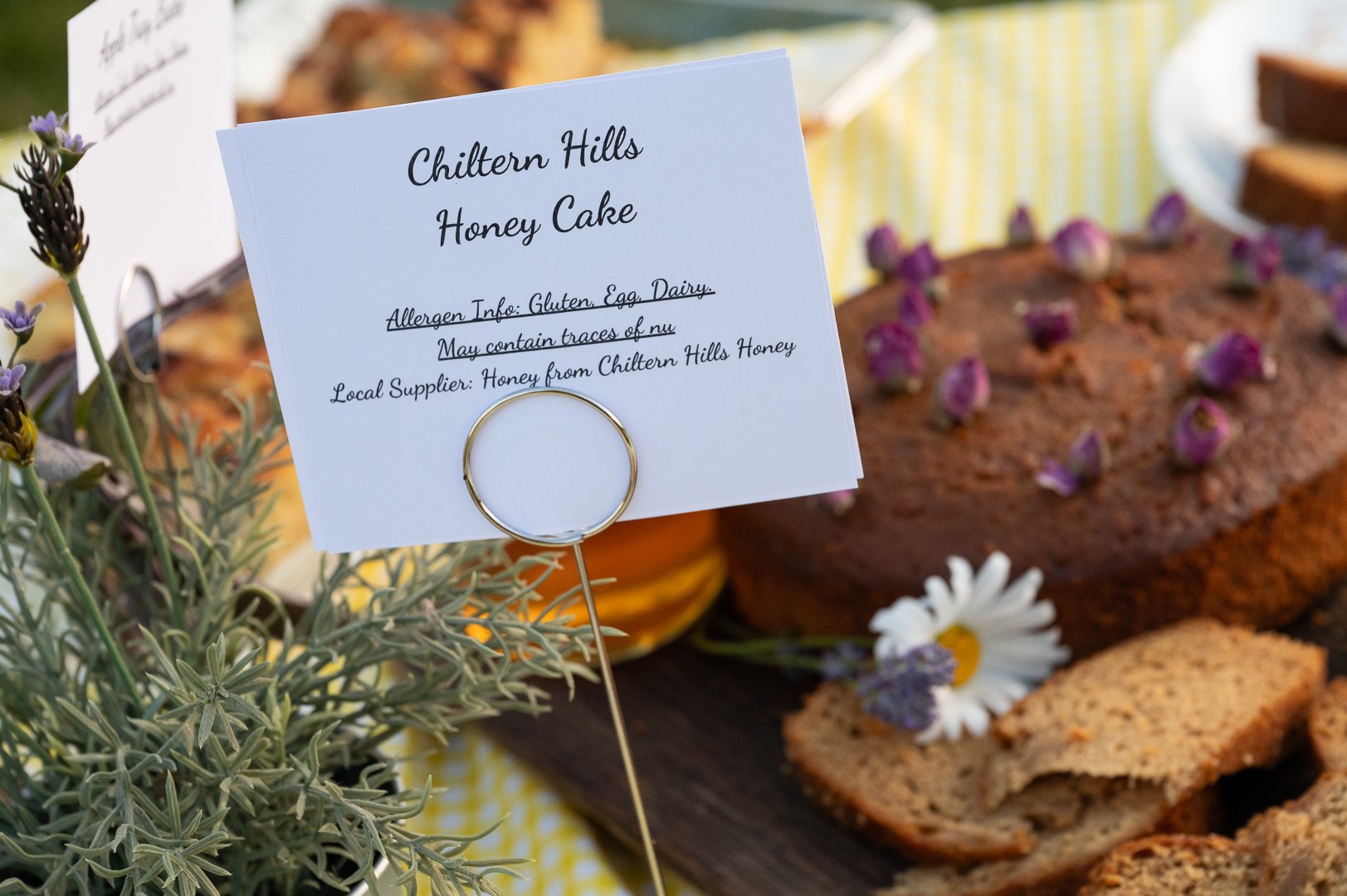
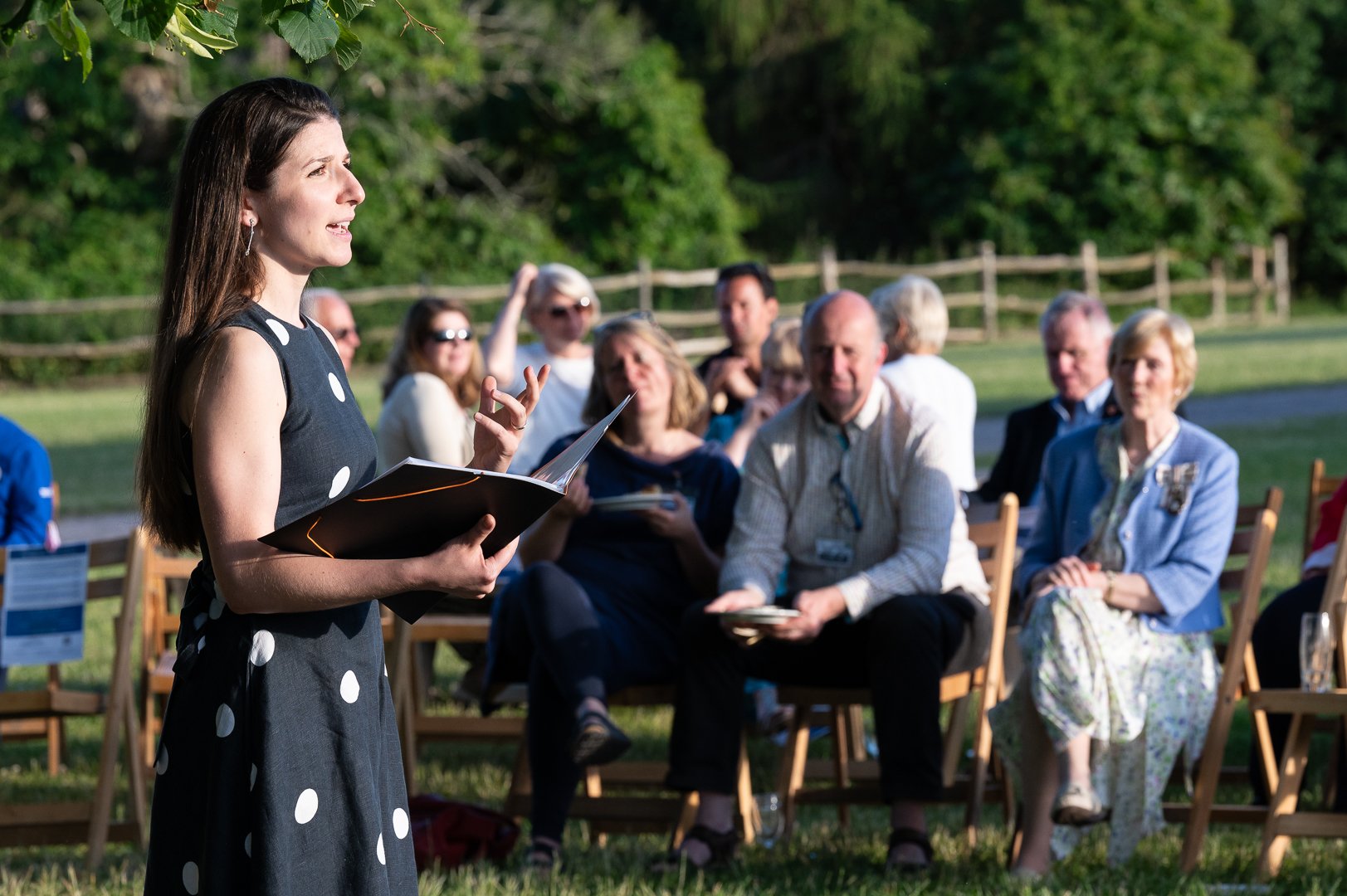
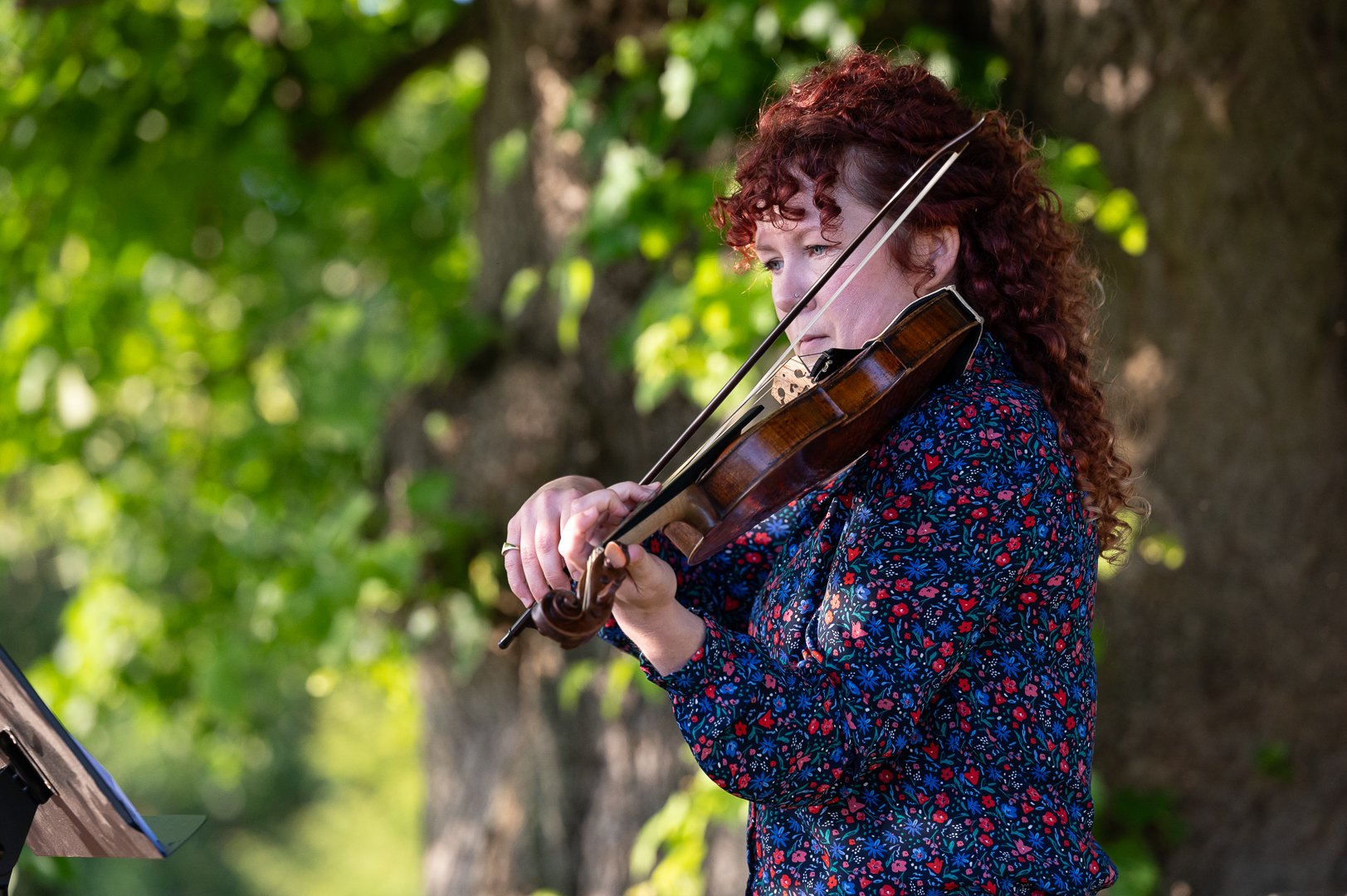
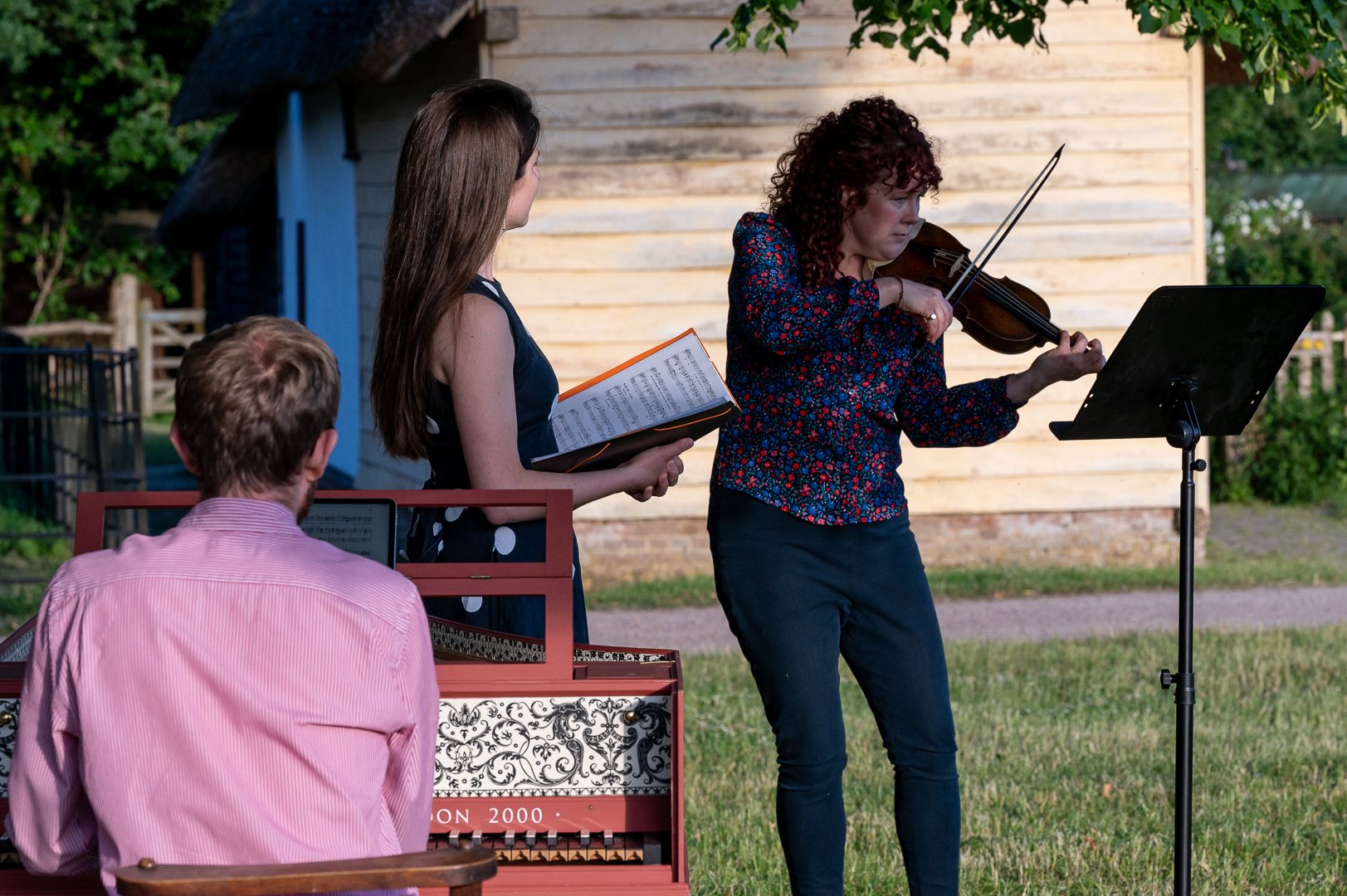
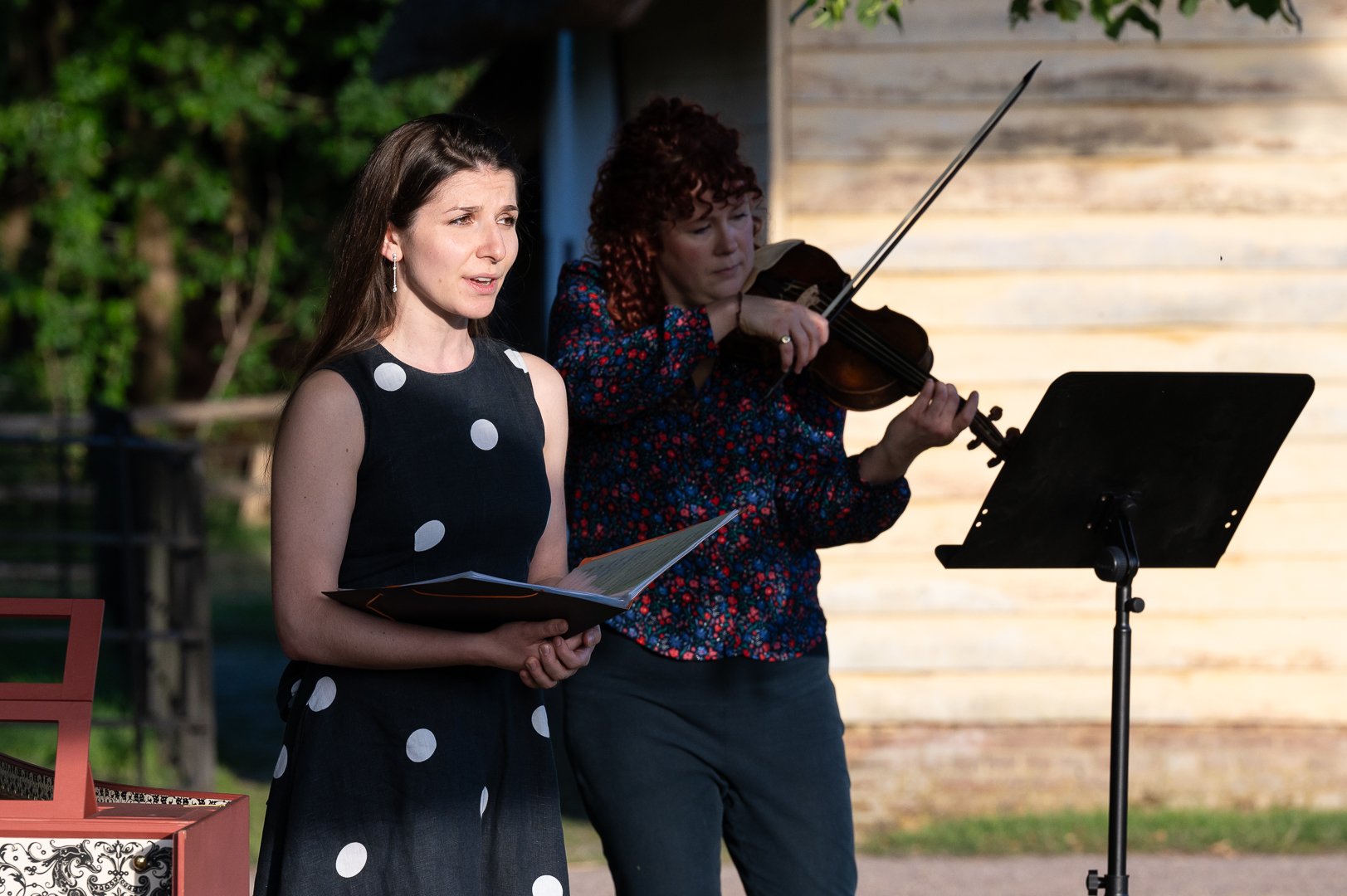

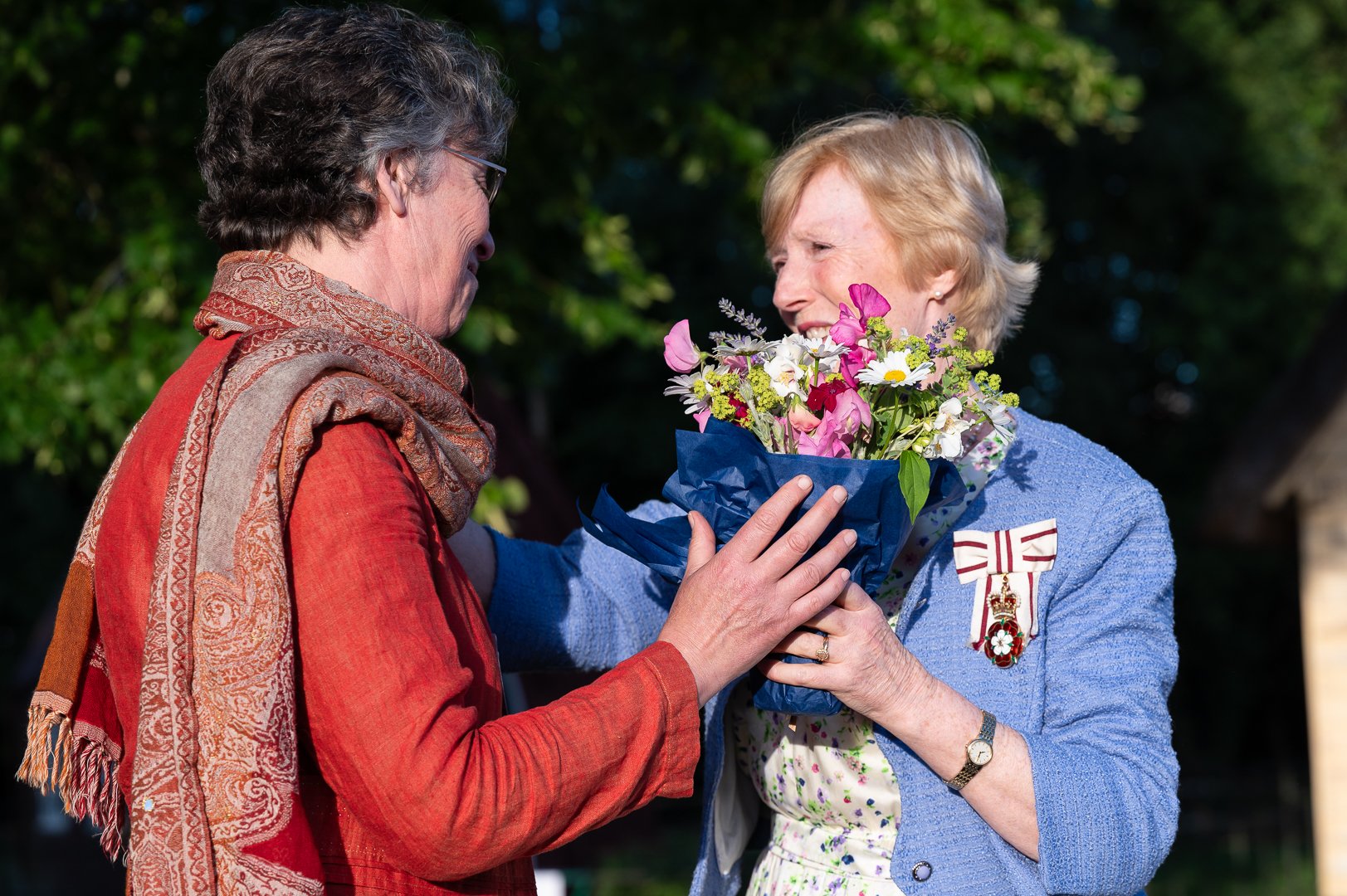


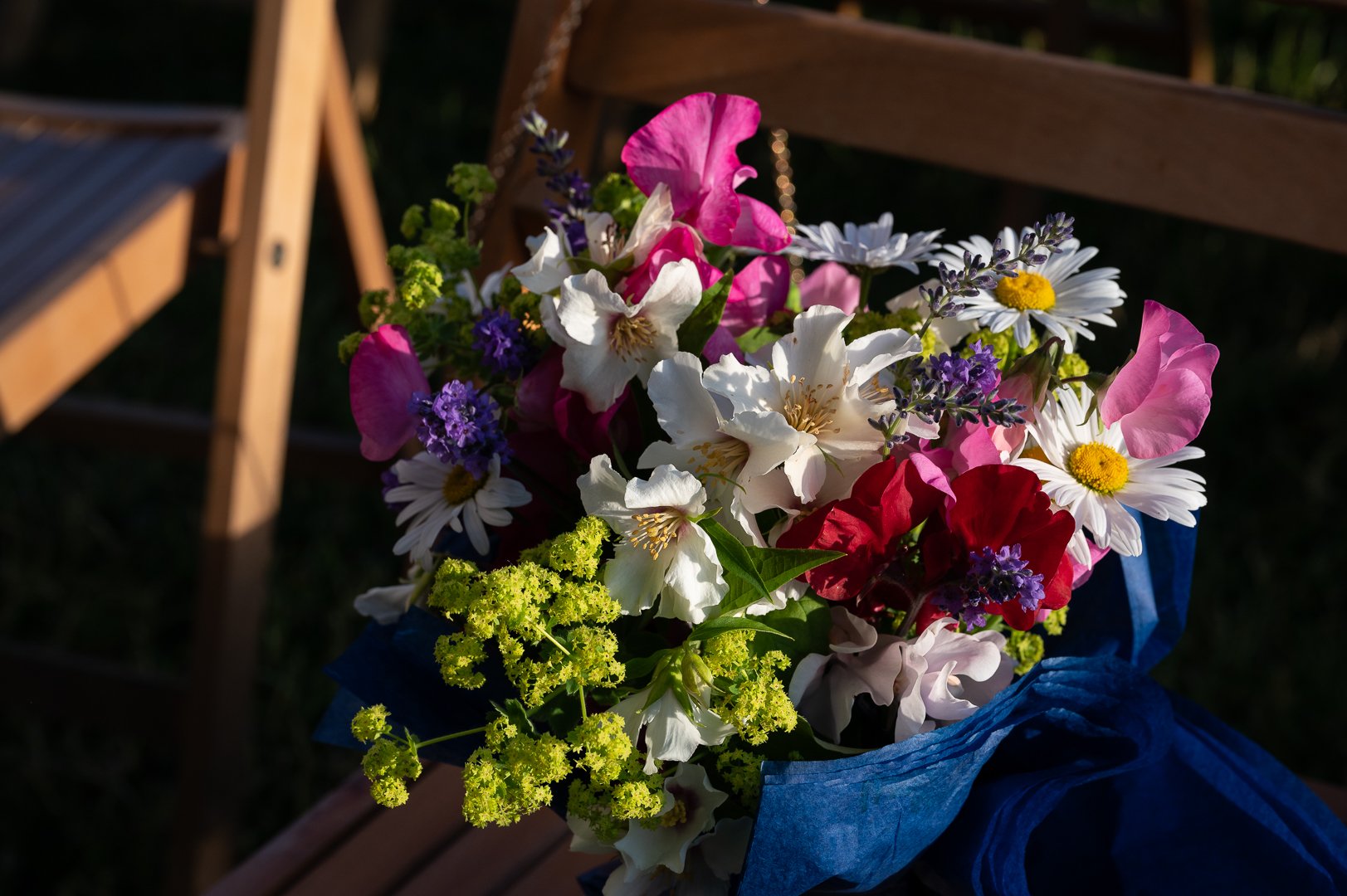
Don't miss a beat – stay in the loop by sharing your details with us.
Be the first to uncover the latest news, exclusive offers, and upcoming events at our museum.




